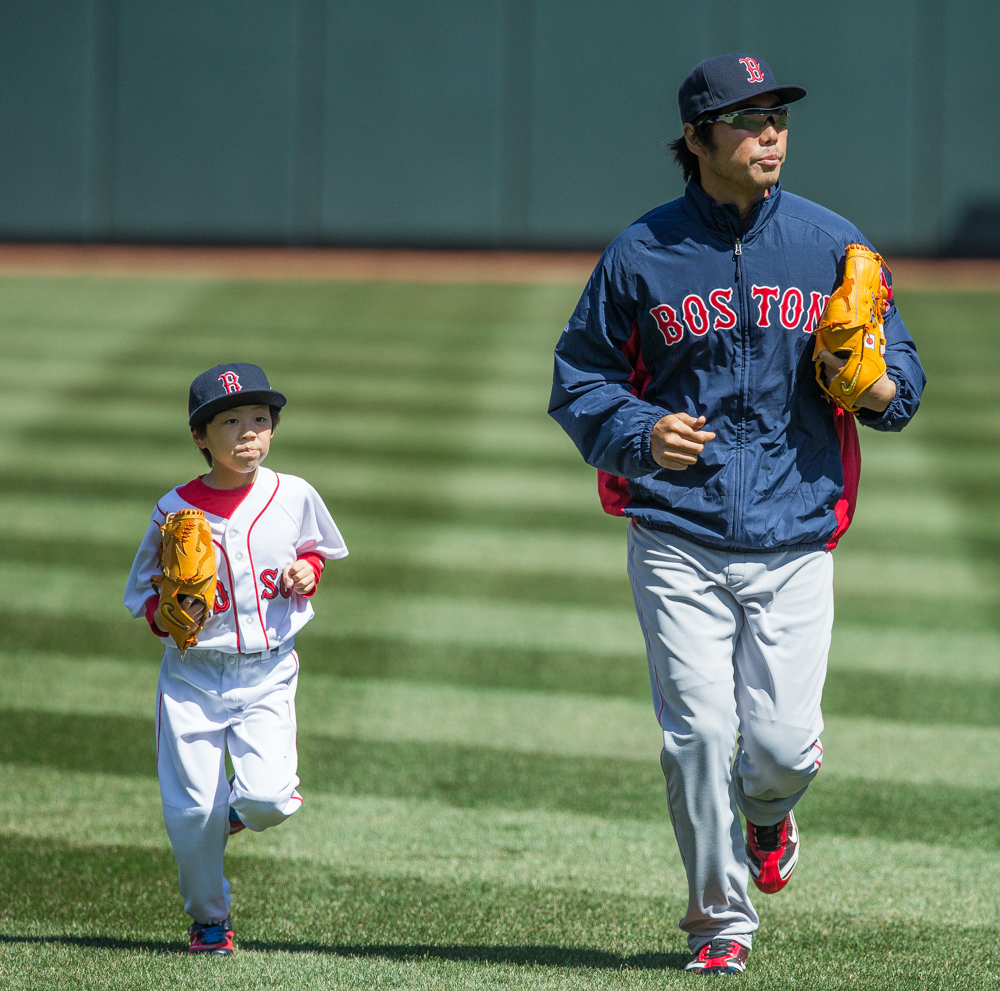Royals, Cubs Swap Role Players
The Chicago Cubs and Kansas City Royals completed a trade Monday evening, with the Royals sending starting catcher Martin Maldonado to Chicago in return for swingman Mike Montgomery.
While Montgomery was never part of the team’s stable of frontline talent, he’s been a useful role player for the Cubs since being picked up from Seattle in the Dan Vogelbach trade. Since that 2016 swap, Montgomery has put up a 3.68 ERA across 38 starts and 81 relief appearances for the Cubs. The idea of having a pitcher in a long-term role as a swingman/spot-starter is something largely dead in 2019 baseball, so Montgomery was a bit of throwback in this sense. He filled in admirably with a 3.69 ERA as a starter in 2018 with Yu Darvish injured and Tyler Chatwood issuing more walks than a corrupt local judge.
2019 has been a struggle for Montgomery, with shoulder and finger injuries limiting his availability and moderate control issues hampering his effectiveness. Montgomery is still likely a useful player over the long haul and isn’t a free agent until after the 2021 season, but the Cubs are quite rightly taking “now” as a priority over “later.” That Montgomery is the player heading to Kansas City is also fueled by the fact that Montgomery requested a trade this season. From a career standpoint, it makes sense for Montgomery to get an opportunity to start full-time; a starting pitcher is going to do better in free agency no matter how the CBA changes between now and the end of 2021.
If for nothing else, Montgomery will always possess a unique place in Cubs history as the pitcher who threw the final pitch of the 2016 World Series.
And in the “now,” the Cubs had other priorities. Catching has been a strength for the team, but Willson Contreras heading to the injured list with a foot issue creating some unwanted uncertainty at the position. Without Contreras, the Cubs only had a single healthy catcher on the 40-man roster in Victor Caratini. This close to the trade deadline, with no guarantee that Contreras would be back after the minimum IL stay, so the Cubs were put into a position where they couldn’t wait and see how his recovery goes. Remember, July 31 is now the trade deadline in Major League Baseball starting this year, which means that the Cubs can’t count on picking up a cheap catcher in mid-August if something unexpected happens in Contreras’s recovery. Read the rest of this entry »



